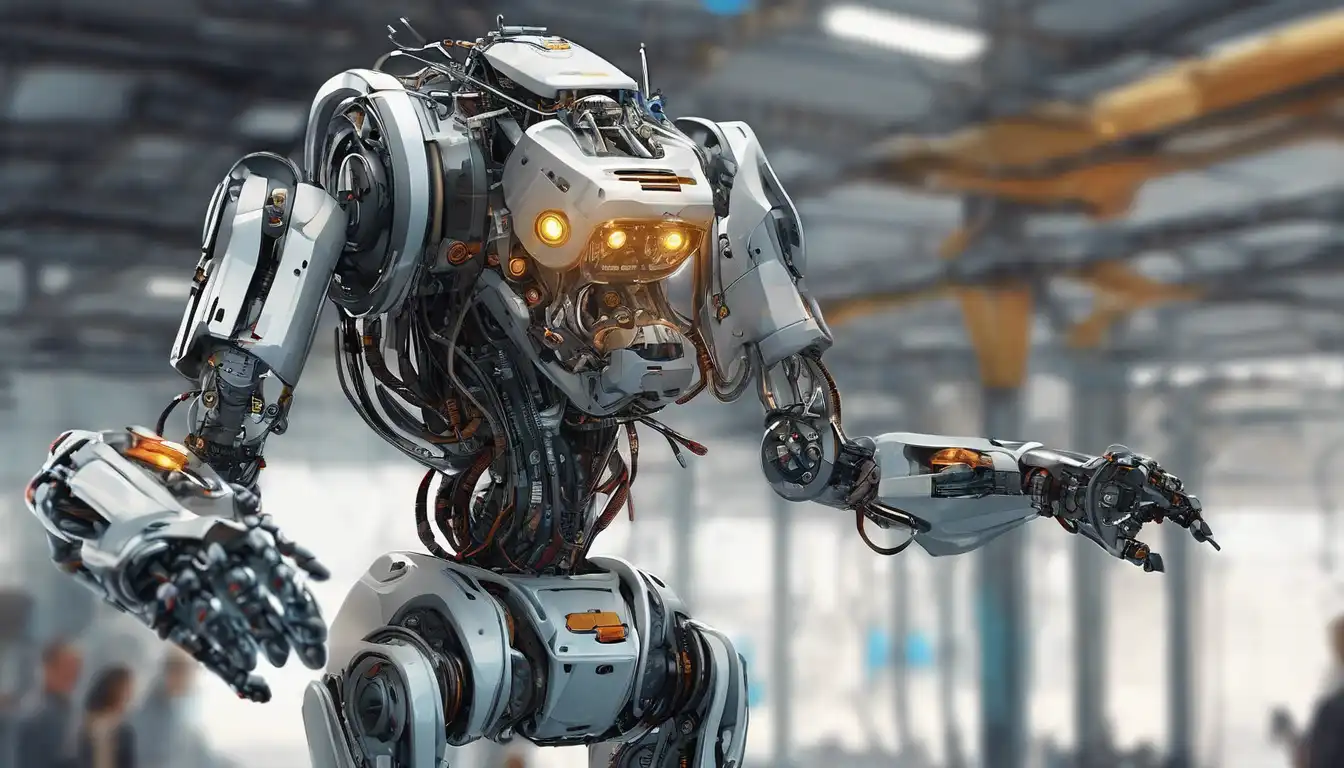Introduction to Robotics
Robotics represents the pinnacle of human ingenuity, blending the realms of technology and innovation to create machines that can perform tasks autonomously. From manufacturing floors to the depths of outer space, robotics is revolutionizing how we interact with the world around us.
The Evolution of Robotics
The journey of robotics from simple mechanical aids to sophisticated AI-driven entities is a testament to human creativity. Early robots were limited to repetitive tasks, but today's robots can learn, adapt, and even make decisions, thanks to advancements in artificial intelligence and machine learning.
Key Components of Modern Robotics
Modern robotics integrates several cutting-edge technologies:
- Artificial Intelligence (AI): Enables robots to process information and learn from experiences.
- Sensors: Allow robots to perceive their environment in detail.
- Actuators: Provide the movement necessary for robots to interact with their surroundings.
- Machine Learning: Empowers robots to improve their performance over time without explicit programming.
Applications of Robotics Across Industries
Robotics has found applications in numerous sectors, transforming operations and outcomes:
- Healthcare: Surgical robots assist in performing precise and minimally invasive procedures.
- Manufacturing: Industrial robots automate assembly lines, increasing efficiency and safety.
- Agriculture: Drones and automated tractors optimize farming practices, from planting to harvesting.
- Space Exploration: Rovers and probes explore celestial bodies, gathering data beyond human reach.
The Future of Robotics
The future of robotics is boundless, with ongoing research focusing on enhancing autonomy, versatility, and human-robot collaboration. Innovations like soft robotics and swarm robotics promise to open new avenues for application, making robots more adaptable and efficient.
Challenges and Ethical Considerations
Despite its potential, robotics faces challenges, including technical limitations, high costs, and ethical dilemmas surrounding autonomy and employment impacts. Addressing these concerns is crucial for the sustainable integration of robotics into society.
Conclusion
Robotics stands at the intersection of technology and innovation, offering solutions to some of the world's most pressing challenges. As we continue to explore this exciting field, the possibilities are limited only by our imagination. For more insights into the world of technology and innovation, explore our technology section.
